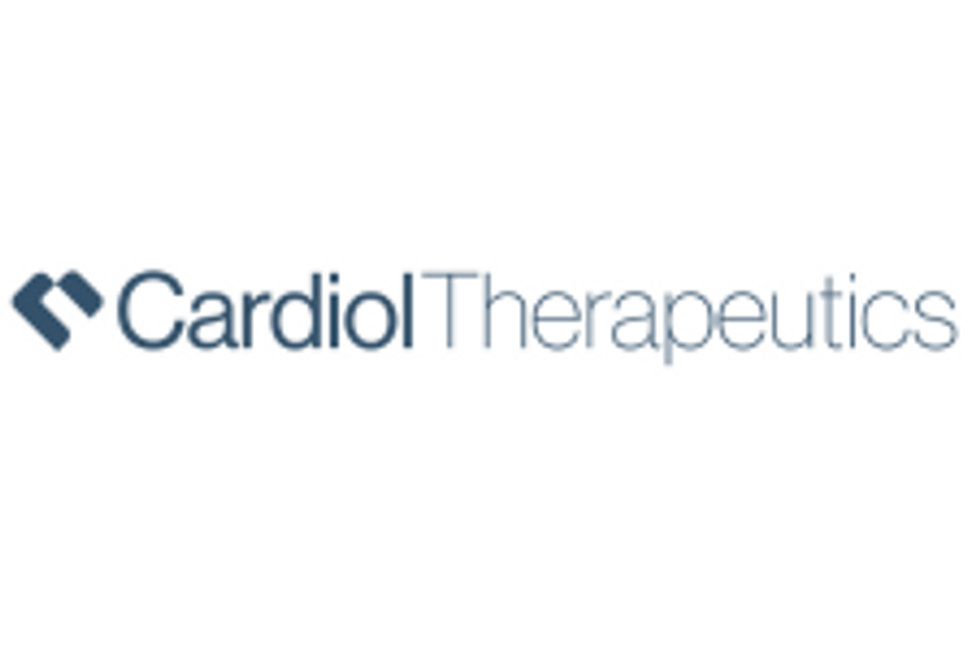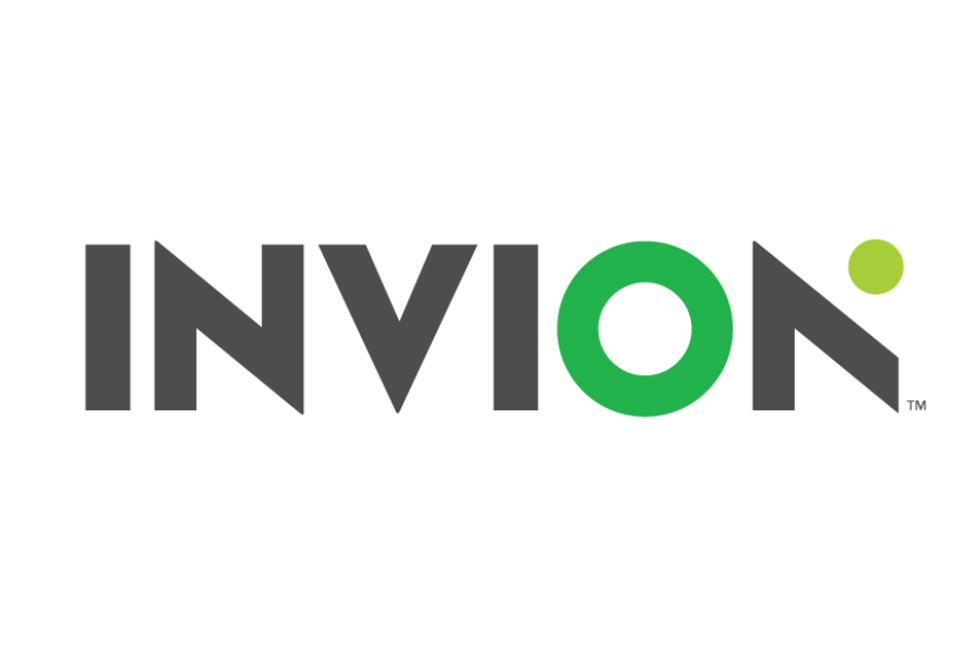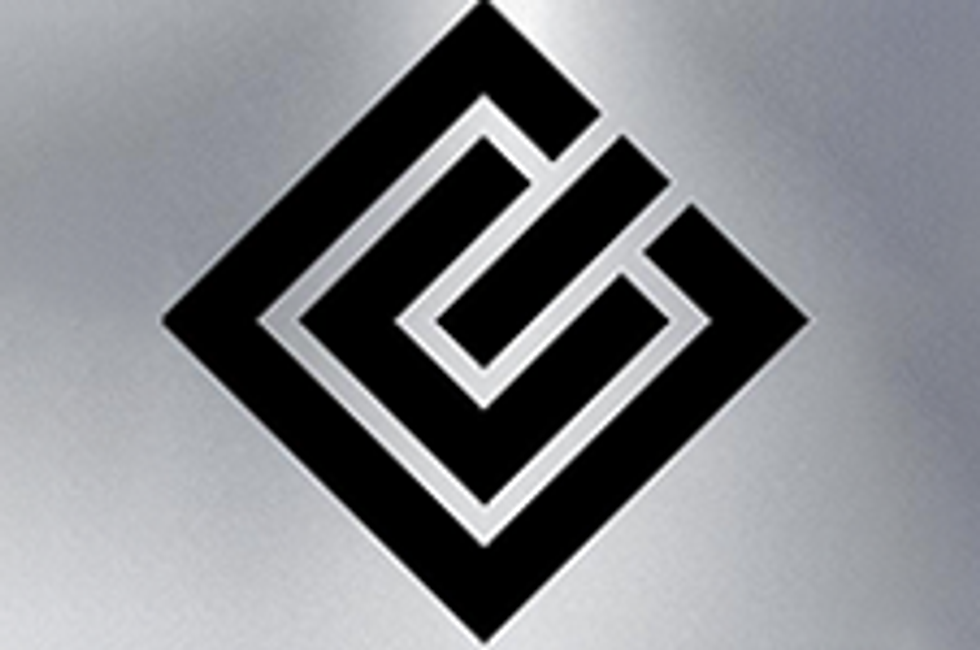Pharma Trends 2019: FDA Approvals Make Waves Through Market

INN takes a look at the pharma trends of 2019 that have shaken up the space this year and created a wealth of investment opportunities.
With the end of 2019 nearing, the Investing News Network (INN) is looking back on the developments that shaped the pharma industry this past year.
Investors watched on as mergers and acquisitions (M&A) flooded the sector, while drug pricing issues continued to play out as the conversation around proper pricing guidelines lasted throughout the year.
There was also a heap of novel drug approvals from the US Food and Drug Administration (FDA) for treatments for a wide array of illnesses and disorders, furthering investor interest in space.
Here, INN reviews the most critical trends in the pharma industry during 2019 from experts in the sector.
Pharma trends 2019: FDA approvals gain investor attention
The pharmaceutical industry’s profile is raised when new drugs enter the market and offer potential novelty treatments. A particularly interesting factor for the industry this year has been the lower number of high-profile drug approvals cleared by the FDA.
As of December 23, the federal agency had given the go ahead to only 48 novel drugs in 2019, down from the 59 approvals awarded in 2018.
Even so, there were some key approvals during the year. In March, a division of pharma juggernaut Johnson & Johnson (NYSE:JNJ), Janssen Pharmaceuticals, got approval for its antidepressant nasal spray, Spravato. It was first antidepressant to receive approval in over 30 years.
This spray claims to alleviate symptoms in treatment-resistant depression, but its generic name, esketamine, has caused some controversy for its chemical similarities to anesthetic ketamine, referred to more commonly by its party drug name “Special K.”
Also in March, Sage Therapeutics (NASDAQ:SAGE) made news when Zulresso — a drug designed to treat postpartum depression — became the first treatment for the depressive disorder to get the green light from the FDA.
Later on in the year, the FDA approved Evenity, Amgen’s (NASDAQ:AMGN) treatment for osteoporosis in postmenopausal women.
The year also saw the introduction of the world’s first FDA-approved vaccine for ebola, or zaire ebolavirus. The vaccine isn’t new, however; it was previously approved by the World Health Organization and the global health arm of the United Nations.
In December, the federal regulator approved Merck & Co’s (NYSE:MRK) treatment for the deadly virus, which, when used, prevents the disease in people 18 years or older, according to the drugmaker.
Pharma trends 2019: Drug pricing problems reign
Despite the flood of novel drugs coming online, pricing issues for certain medicines continued to create barriers between patients and their medical treatments in 2019.
During an April interview with INN, Irene Birbeck, partner with Clarkston Consulting, spoke about the challenges facing drug companies in terms of balancing drug accessibility and getting funding for research and development.
Birbeck said Novartis’ (NYSE:NVS) gene therapy Zolgensma — a drug that treats children with spinal muscular atrophy type 1 — is a perfect example of the struggle the industry is dealing with.
According to Forbes, the one time treatment of Zolgensma could cost US$4 million.
“What’s fascinating about drug pricing to me is that there is a bipartisan agreement on very little in (the US),” Birbeck told INN at the time. “But on (therapy costs), there is a bipartisan agreement on the fact that drug pricing is an issue.”
The problem was also discussed earlier this year when executives from AbbVie (NYSE:ABBV), AstraZeneca (NYSE:AZN), Bristol-Myers Squibb (NYSE:BMY), Johnson & Johnson, Merck, Pfizer (NYSE:PFE) and Sanofi (NASDAQ:SNY) testified in US Congress about rising drug costs.
Chuck Grassley was chairman of the “Drug Pricing in America: A Prescription for Change, Part II,” hearing, which called on Big Pharma to lower prohibitively high drug prices.
“(Drug price increases are) not the result of a system too complicated for Americans to understand,” Senate Finance Ranking Democrat Ron Wyden said. “Drug prices are astronomically high because that’s where pharmaceutical companies and their investors want them.”
Pharma trends 2019: M&A reverberates through sector
An increase in high-value M&A proved to represent another driver for the pharma space this year.
“We’re seeing mega mergers occur,” Janel Firestein, life sciences industry lead and partner with Clarkston Consulting, told INN.
The expert explained these types of transactions will continue as companies in the market face questions about continued growth, investment and expansion in the pursuit of “the next big thing.”
One such deal was the massive US$63 billion cash and stock acquisition of Allergan (NYSE:AGN) by AbbVie in June; it is expected to close early in 2020. Allergan’s claim to fame is Botox, the toxin widely used as a non-surgical cosmetic treatment for wrinkles.
Other big-name acquisitions include Pfizer confirming its interest in both Array BioPharma (NASDAQ:ARRY) for US$11.4 billion and Theracon for US$800 million.
Merck also locked onto privately held Peloton Therapeutics for US$2.2 billion.
Firestein noted that M&A activity slowed down for the space in the second half of the year, but other experts have said that the industry is still lively despite the trend.
In an October interview with INN, Samuel Macleod, senior healthcare analyst at GlobalData, said companies with novel treatments will continue to be top picks in the sector.
“This is mainly owing to the fact that Big Pharma has a track record of making deals with companies that have a focus on highly specialized biologics and other high-value therapies,” Macleod explained.
Pharma trends 2019: Investor takeaway
The trends that have pushed the pharmaceutical sector this year will continue to do so into 2020, creating more investment opportunities and possible unpredictability in the new year, as per experts.
Investors interested in getting more information on this year’s pharma industry can read about the top NASDAQ pharma stocks and INN’s most popular pharma stories of the year.
Don’t forget to follow @INN_LifeScience for real-time updates!
Securities Disclosure: I, Danielle Edwards, hold no direct investment interest in any company mentioned in this article.
Editorial Disclosure: The Investing News Network does not guarantee the accuracy or thoroughness of the information reported in the interviews it conducts. The opinions expressed in these interviews do not reflect the opinions of the Investing News Network and do not constitute investment advice. All readers are encouraged to perform their own due diligence.



